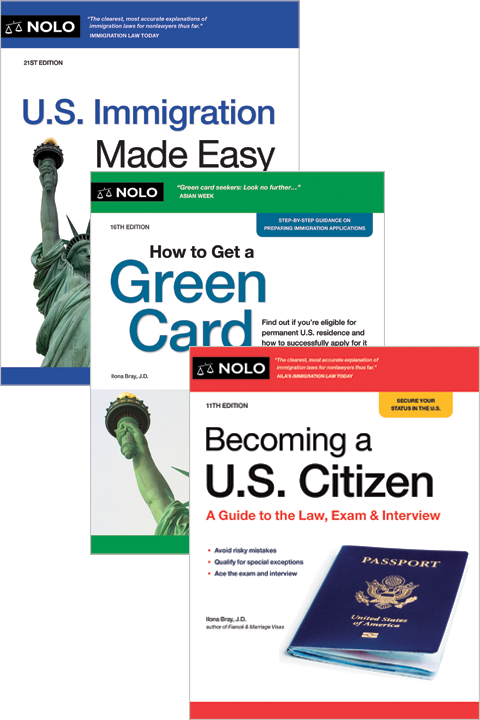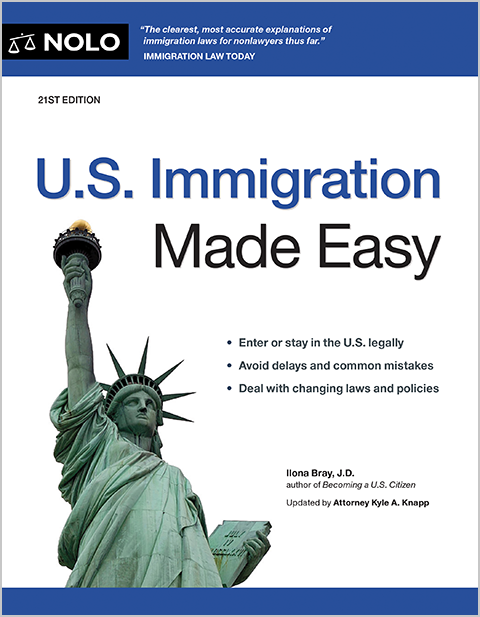A BCC or Form DSP-150 offers a handy way to regularly enter the United States by land or sea, particularly via the states of California, Arizona, New Mexico, or Texas.
For many citizens of Mexico, a Border Crossing Card (BCC or Form DSP-150) offers a handy way to regularly enter the United States by land or sea, particularly if they live near the U.S. border (near the states of California, Arizona, New Mexico, or Texas). However, the BCC is often misunderstood. As explained below, it is not the equivalent of a U.S. green card, and it comes with many restrictions.
- Overview of Border Crossing Card Benefits and Restrictions
- Who Qualifies for a Border Crossing Card
- How to Apply for a Border Crossing Card
- How Far You Can Travel Within the U.S. on a Border Crossing Card
- When the Border Crossing Card Expires
- When to Also Bring a Passport for Travel With a Border Crossing Card
- Getting Legal Help
Overview of Border Crossing Card Benefits and Restrictions
The BCC itself is normally a laminated photo-identification card that authorizes its holders to cross the U.S.-Mexico border by land or to enter the U.S. on a boat from Mexico as a visitor with B-1 or B-2 status. Your B-1/B-2 status means that the purpose of your visit to the United States can lawfully include business, pleasure, medical treatment, or a combination. A BCC should not be confused with a green card, which is issued only to a U.S. lawful permanent resident.
The BCC looks similar to a driver's license and is the size of a credit card. It is good for an unlimited number of U.S. entries during a 10-year period, but the holder can stay for only a short period of time (30 days) and travel only within a certain area after each entry. Just as with one-time visitor visas, the BCC does not allow you to accept employment or work in the United States.
Who Qualifies for a Border Crossing Card
You can apply for a BCC only if you are both a Mexican citizen and resident, meaning you are a Mexican citizen who is living in Mexico. Other than this, the eligibility rules are the same as if you were applying for a one-time visa as a visitor, which is known as B-1 for a business visitor, or B-2 for a tourist visitor.
These requirements include:
- having significant ties to Mexico, such as owning land or a business
- having financial resources to pay for your visit and travel, and
- intending to return to Mexico (your permanent home) at the end of your permitted visits.
Read about the requirements for a tourist visitor visa in A B-2 Visa for Visiting the U.S. as a Tourist: Do You Qualify?.
How to Apply for a Border Crossing Card
The application process for a BCC is the same as for a one-time visitor visa. To read about this, go to Application Process for a B-1 or B-2 Visitor Visa. You will have to pay a fee. In 2025, this was $185 for adults or, for children under the age of 15, $15 if their parent or guardian also possesses or is applying for a BCC. (Once the child reaches age 15, they will have to apply for a new card.)
How Far You Can Travel Within the U.S. on a Border Crossing Card
A BCC is truly meant to foster activities around the U.S. border zone. Thus it allows you to travel only up to 25 miles beyond the border into California and Texas. In New Mexico, you can travel up to 55 miles from the border, and up to 75 miles into Arizona.
If you want to stay longer or travel farther inland, you will need to request an I-94 at the U.S. port of entry from the Customs and Border Protection (CBP) officer. You might have to pay a small fee for this. The I-94 will tell you how long you can stay in the U.S. and the type of status you have. In the case of a BCC, you will get B-1/B-2 status. This could allow you to stay for up to six months, but with NO work authorization.
Although I-94s were once issued in the form of cards, they are now issued electronically at air and sea ports. You are expected to look up your electronic I-94 and download it after your U.S. entry, online. Go to the CBP's I-94 website and put in your name, birth date, passport information, date of entry, and type of status.
When the Border Crossing Card Expires
The 10-year validity of the BCC card refers only to the period during which you can cross the border, not the amount of time you can spend in the United States after having entered. Many people mistakenly believe that a BCC allows them to stay in the U.S. for 10 years, which is not the case, and could lead to problems.
If you stay in the United States past the amount of time allowed by the BCC, you will begin to accrue what's called "unlawful presence," which can have serious consequences for the next time you try to enter the United States, as described in Consequences of Unlawful Presence in the U.S.–3- and 10-Year Time Bars. If you ever home to obtain U.S. permanent residence, overstaying a BCC could severely jeopardize that.
When to Also Bring a Passport for Travel With a Border Crossing Card
You can enter the United States with just the BCC from Mexico over land or by pleasure vessel (a cruise ship or ferry). You do not need any other travel documents in such a case.
If you wish to travel to the United States by any other means, however (such as by air, or sea), or through any other port of entry (including through the Canadian border) you will also need to bring a valid Mexican passport.
Getting Legal Help
If you encounter issues getting a border crossing card or have other questions about your rights to visit or stay longer in the United States, consider hiring an experienced immigration attorney to analyze the situation and to represent you before U.S. immigration authorities. In case you ever have trouble entering the United States with your card, and in the worst case, are put into immigration detention, you might want to memorize that attorney's phone number. Also see At the U.S. Border or Airport: What to Expect When Entering.
Talk to a Lawyer
Need a lawyer? Start here.
How it Works
- Briefly tell us about your case
- Provide your contact information
- Choose attorneys to contact you
- Overview of Border Crossing Card Benefits and Restrictions
- Who Qualifies for a Border Crossing Card
- How to Apply for a Border Crossing Card
- How Far You Can Travel Within the U.S. on a Border Crossing Card
- When the Border Crossing Card Expires
- When to Also Bring a Passport for Travel With a Border Crossing Card
- Getting Legal Help
- Briefly tell us about your case
- Provide your contact information
- Choose attorneys to contact you

